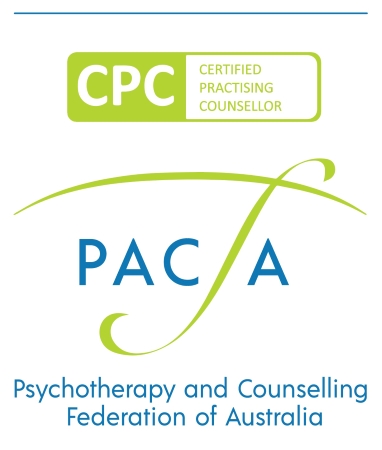Art as a Practice
When I was younger, throughout my teens and early adulthood years, I wrote a lot of poetry. It was a way that I processed my experiences, and expressed myself in private, that helped me manage the difficult experiences of those ages and explore the meaning of them. That fell away for a time, but since doing my study in holistic counseling and psychotherapy I have begun a practice to reengage my creativity that I call thinking in poetry.
I generally do this when I go on walks in nature. There may be something on my conscious mind that I am thinking about heavily, or there may be nothing conscious, but I want to see what may come up. I allow inspiration from an observations or experiences on the walk, allowing words to weave between that and whatever is on my mind. I voice record my thoughts or draft in a notes document on my phone, or if I am on a longer hike, I may bring pen and paper with me, finding somewhere to sit and write when inspired to do so.
Why is art such a powerful tool for processing difficult emotions, or finding deeper meaning in experience? Engaging in it can provide access to a voice that lies beneath the chatter of the mind and outside of the rational. It is often through our rational thinking that we tie ourselves in knots, and it is hard to resolve something using the thinking that got us in knots in the first place.
Considering language-based art as an example, there is a tangible felt difference between reading a scientific article and reading a piece of poetry. It is more than just the words on a page that engage the mind. There is an invocation of something not found in the words alone, something that has a separate voice between and threaded through the words, and in that separate voice there is an engagement of the soul rather than just the mind.
One of my new favourite genres of cinematic art is what I call soulful horror. The first conscious experience I had of this, several years ago, was watching Guillermo del Toro’s film The Orphanage (El Orfanato). Upon rewatching Del Toro’s Pan’s Labyrinth (El Laberinto del Fauno) I felt the same stirring of feeling. In recent years, watching television series Penny Dreadful, and Mike Flanagan’s mini series’ The Haunting of Hill House, The Haunting of Bly Manor and Midnight Mass, I began to realise what was so special about this particular genre. A depth of humanity is woven through the stories, threads of love and longing, like the other voice threaded through the words of language-based art. In the darkness of the story and the images, the artist reflects an inherent beauty. This is a kind of magic to me; showing the beauty residing in the dark.
Of course, art doesn’t need to be dark in order for it to speak to the soul. The television show Schitt’s Creek, while on the surface a lighthearted comedy, contains a depth of feeling that is not prevalent in most comedies. It comes through for me particularly in the depictions of relationships and individual character evolution throughout the series.
This separate voice, this woven thread, exists where an artist reflects from their soul into their work, and it is this whereby art elicits an emotional response or a felt experience in the reader or listener or viewer. Art speaks the language of the soul. When we engage in art, we give our soul voice, and we open ourselves to hear that voice.
Therapy is often best accompanied by some sort of personal inner work. This self-focussed work can be through a meditative practice, spending time walking alone in nature, or expressing through an art form. I use my thinking in poetry practice and other written art forms. Connecting with our deepest self allows for the most profound, powerful and reliable healing, as the more we connect with our deepest self, and our truest feelings, the closer we move towards wholeness of being.
Image credit: @susantananda3/Twitter


